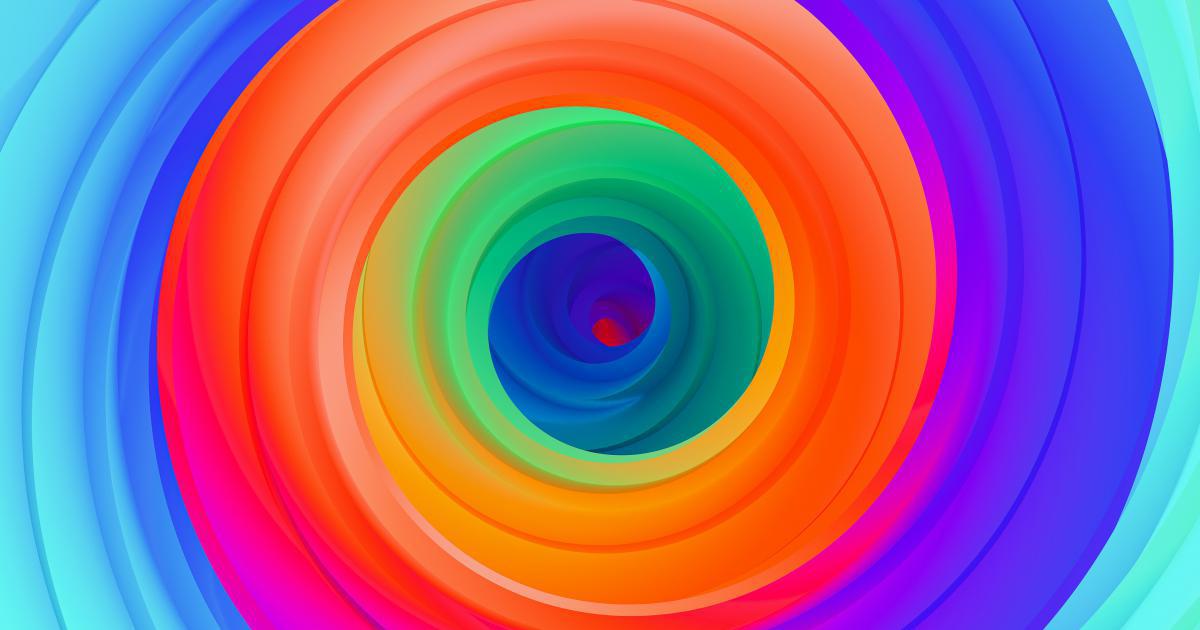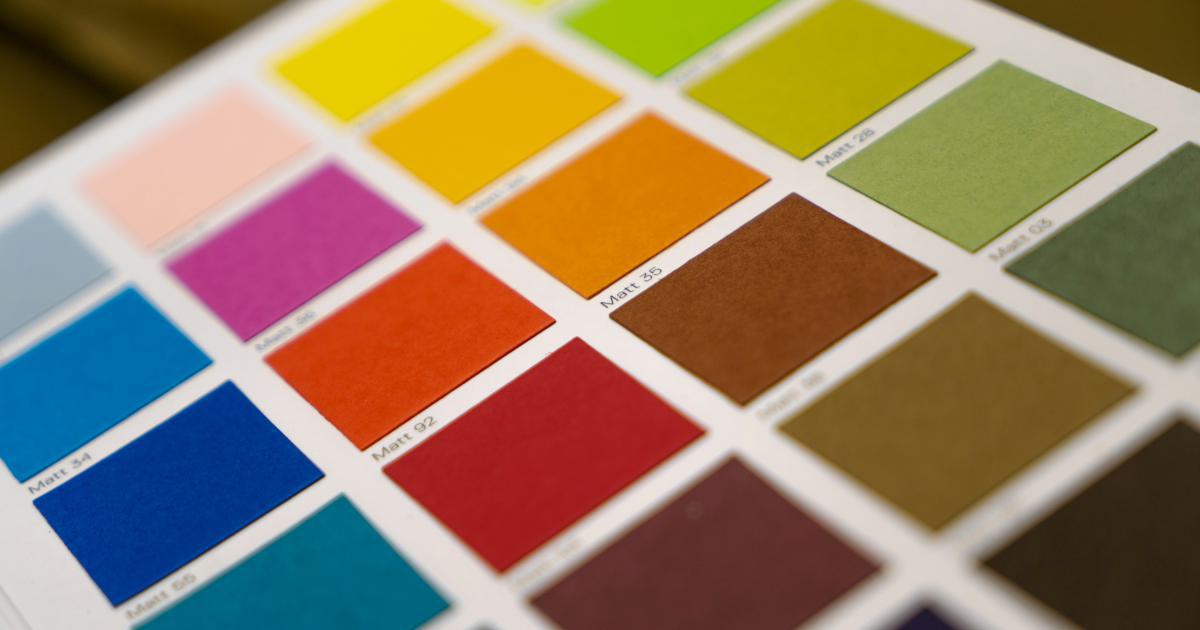Leveraging Color Psychology for Compelling Visualizations


Introduction to Color Psychology and Visualizations
Color has a profound impact on our perceptions, emotions, and decision-making processes. In the realm of visual communication, understanding the principles of color psychology can be a powerful tool for creating compelling and impactful visualizations. Whether you're designing infographics, data visualizations, or any other form of visual content, mastering the strategic use of color can significantly enhance the effectiveness and memorability of your work.
In this comprehensive article, we'll explore the fascinating world of color psychology and uncover practical strategies for leveraging it to craft visually stunning and psychologically compelling visualizations. From understanding the emotional associations of different hues to implementing color schemes that drive user engagement, we'll delve into the nuances of color theory and its real-world applications.

The Fundamentals of Color Psychology
Color psychology is the study of how colors influence human behavior, emotions, and perceptions. It is a multifaceted field that draws from various disciplines, including psychology, neuroscience, and art. Understanding the basic principles of color psychology is the foundation for creating impactful visualizations.
The Emotional Associations of Colors
Each color has its own unique set of emotional associations and psychological impacts. These associations are shaped by cultural, personal, and contextual factors, but there are some general trends that can be observed:
- Red: Associated with passion, excitement, danger, and urgency. Can evoke feelings of energy, intensity, and strong emotions.
- Blue: Linked to calmness, trust, intelligence, and professionalism. Can create a sense of stability, security, and tranquility.
- Green: Symbolizes growth, harmony, and balance. Often associated with nature, freshness, and environmental awareness.
- Yellow: Represents optimism, creativity, and cheerfulness. Can also be associated with caution, anxiety, and frustration.
- Purple: Conveys sophistication, creativity, and royalty. Can evoke feelings of imagination, mystery, and spiritual awareness.

Understanding these emotional associations is crucial when selecting colors for your visualizations. By choosing hues that align with the desired mood, message, or branding of your content, you can effectively elicit specific emotional responses from your audience.
The Principles of Color Theory
Color theory is the foundation for understanding how colors interact with one another and the principles that govern their use. Some key concepts in color theory include:
Color Wheel: The color wheel is a visual representation of the relationships between different hues. It helps us understand complementary, analogous, and triadic color schemes.
Color Harmony: Color harmony refers to the balanced and aesthetically pleasing use of colors. Well-designed color palettes create a sense of cohesion and visual harmony.
Contrast and Legibility: Proper contrast between foreground and background colors is essential for ensuring legibility and readability in visualizations. High-contrast combinations make text and visual elements stand out more effectively.
Warm and Cool Colors: Warm colors (red, orange, yellow) convey a sense of energy and excitement, while cool colors (blue, green, purple) are associated with calmness and tranquility. Balancing warm and cool hues can create visual depth and balance.
By understanding these fundamental principles of color theory, you can start to craft color palettes and visual designs that captivate your audience and effectively communicate your message.

Applying Color Psychology to Visualizations
Now that we've covered the basics of color psychology and theory, let's dive into practical strategies for applying these principles to your visualizations.
Aligning Colors with Your Brand and Message
Consistent and strategic use of color is a crucial element of effective branding. Your color choices should align with your brand's personality, values, and the emotions you want to evoke in your audience.
For example, a financial services company might use a palette of blues and grays to convey professionalism, stability, and trustworthiness. In contrast, a creative agency might opt for a more vibrant, playful color scheme featuring reds, oranges, and yellows to reflect their innovative spirit and dynamic nature.
By carefully selecting colors that resonate with your brand's identity, you can create a strong visual association in the minds of your audience, making your visualizations more memorable and impactful.
Enhancing Comprehension and Clarity
Color can play a significant role in improving the overall comprehension and clarity of your visualizations. Thoughtful use of color can help users quickly identify and understand key information, patterns, and relationships within your data or content.
Here are some strategies for using color to enhance comprehension:
Color Coding: Assign distinct colors to different data points, categories, or elements in your visualizations. This can help users quickly differentiate between various components and understand the information more intuitively.
Highlighting and Emphasis: Use color to draw attention to the most important or critical information in your visualizations. This can be done by using bold, high-contrast colors or by muting the surrounding elements.
Accessibility and Inclusive Design: Ensure that your color choices consider the needs of users with visual impairments, such as color blindness. Use high-contrast combinations and provide alternative methods of conveying information (e.g., textual labels, patterns).

By applying these principles, you can create visualizations that are not only visually appealing but also highly effective in communicating your message and guiding your audience through the information.
Evoking Emotional Responses
The emotional associations of colors can be leveraged to elicit specific responses from your audience. By carefully selecting hues that align with the desired mood or sentiment, you can create visualizations that resonate on a deeper, emotional level.
Consider the following examples:
- Promoting Calmness and Serenity: Use a soothing, monochromatic color palette featuring shades of blue or green to create a sense of tranquility and relaxation.
- Generating Excitement and Urgency: Incorporate vibrant, high-energy colors like red or orange to convey a sense of immediacy and motivate your audience to take action.
- Fostering Creativity and Innovation: Utilize a diverse, playful color scheme with unexpected combinations to spark creativity and foster a sense of imagination in your audience.
Remember that the emotional impact of colors can be highly subjective and influenced by cultural, personal, and contextual factors. It's essential to research your target audience and understand their preferences and associations to effectively leverage color psychology in your visualizations.

Practical Strategies for Effective Color Implementation
Now that we've explored the foundations of color psychology and its applications in visualizations, let's dive into some practical strategies for effectively implementing color in your designs.
Developing Cohesive Color Palettes
Creating a cohesive and harmonious color palette is crucial for achieving visually stunning and psychologically compelling visualizations. Here are some tips for developing effective color schemes:
Utilize Color Theory: Explore the color wheel and experiment with complementary, analogous, and triadic color schemes to find visually appealing combinations.
Consider Branding and Consistency: Ensure that your color choices align with your brand's identity and maintain consistency across all your visual assets.
Balance Warm and Cool Hues: Strategically mix warm and cool colors to create depth, contrast, and visual interest in your designs.
Experiment with Gradients and Shades: Incorporate gradients, tints, and shades of your primary colors to add depth and nuance to your visualizations.
Test for Accessibility: Evaluate your color choices for accessibility, considering factors like contrast ratio and color blindness.

Implementing Color Strategically
Once you've established your color palette, it's crucial to implement it strategically within your visualizations. Here are some best practices to consider:
Hierarchy and Emphasis: Use color to establish a clear visual hierarchy, highlighting the most important information and guiding the viewer's attention.
Consistency and Continuity: Maintain consistent color usage throughout your visualizations to create a cohesive and harmonious experience for your audience.
Selective Contrast: Leverage high-contrast color combinations judiciously to draw attention to specific elements or data points.
Symbolic Associations: Align your color choices with the symbolic meanings and emotional associations relevant to your content or brand.
Responsive Design: Ensure that your color-based designs are optimized for various screen sizes and devices, maintaining legibility and visual impact.

Continuous Experimentation and Iterative Refinement
Mastering the art of color in visualizations is an ongoing process that requires continuous experimentation and iterative refinement. As you create and test different color-based designs, pay attention to user feedback, performance metrics, and industry best practices to continuously improve your approach.
Remember, the most effective visualizations are often the result of multiple rounds of testing, evaluation, and refinement. By embracing an iterative mindset and staying attuned to the evolving field of color psychology, you can consistently create visualizations that captivate, inform, and inspire your audience.

Conclusion: Unlocking the Power of Color Psychology
In the realm of visual communication, color psychology is a powerful tool that can elevate your visualizations to new heights of effectiveness and impact. By understanding the emotional associations of colors, the principles of color theory, and the practical strategies for implementation, you can craft visually stunning and psychologically compelling content that resonates with your audience on a deeper level.
Remember, the strategic use of color is not just about aesthetics – it's a fundamental element of effective visual storytelling and data communication. By harnessing the power of color psychology, you can create visualizations that not only inform and educate but also inspire, engage, and captivate your audience.
As you continue to explore and experiment with color in your visualizations, embrace an iterative mindset, stay attuned to industry trends and best practices, and always keep the needs and preferences of your target audience in mind. With a keen eye for color and a deep understanding of its psychological impacts, you can unlock new levels of visual impact and create content that truly stands out in a crowded digital landscape.